-

Grevillea anethifolia: Prefectly Prickly
This Grevillea is commonly known as the ‘Spiny Cream Spider Flower’ and is very aptly named. The leaves have needle like points and the whole plant makes a wonderful dense prickly shelter for small birds. These photos were taken in the Illawarra Grevillea Park, I also have a grafted Grevillea anethifolia growing happily in my…
-

Correa baeuerlenii
Here is another of my very favourite Correas that is such a useful plant in the landscape. Correa baeuerlenii or Chef’s Hat Correa is found naturally growing on the south coast of NSW on shady, damp sites, therefore it grows happily under large trees and will cope with periods of dry and also light frost.
-
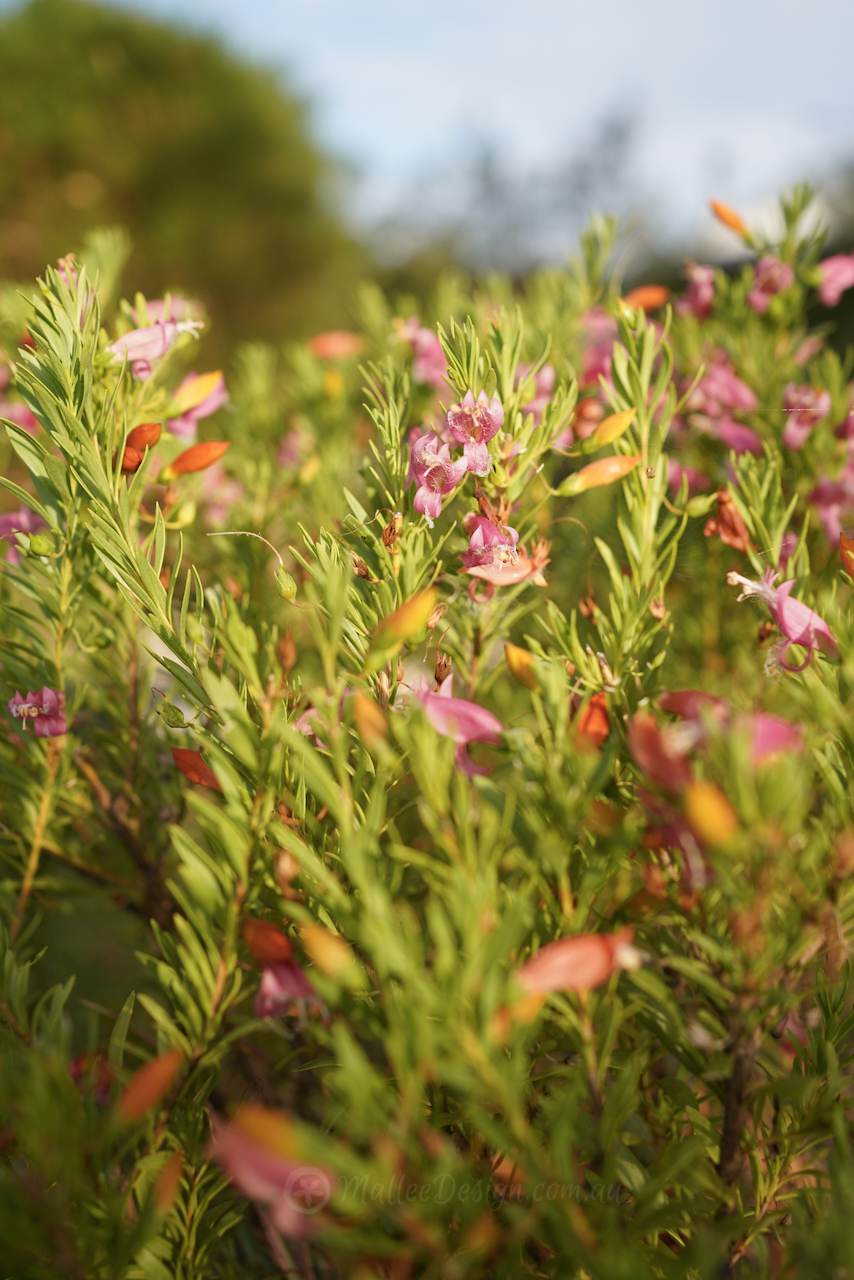
So much Joy: Eremophila racemosa x maculata ‘Fairy Floss’
This Emu bush is always a great performer in a difficult postion, providing so my joy with its multicolured buds and blooms. I have been growing Eremophila ‘Fairy Floss’ for a number of years now and have found it to be particularly tough and hardy. What I didn’t realise was that it is a cross…
-
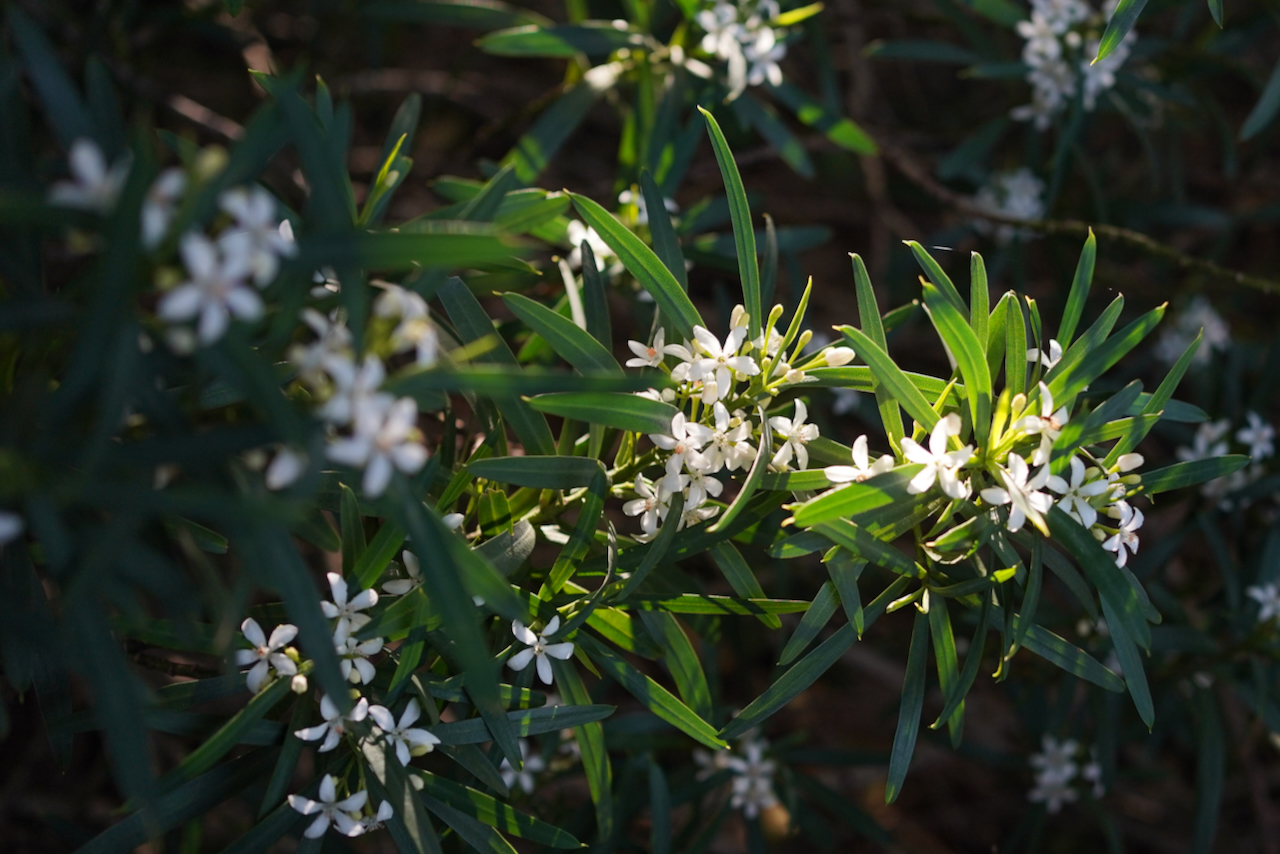
Philotheca myoporoides and it’s many forms
This gorgeous shrub is called Wax Flower or Philotheca, which apparently means “loving receptacle”. And that it is, providing plenty of flowers for pollinators and scent for humans, it is a very hardy species which can handle sun and shade in equal measure. Because of its hardiness it is one of the most widely cultivated…
-
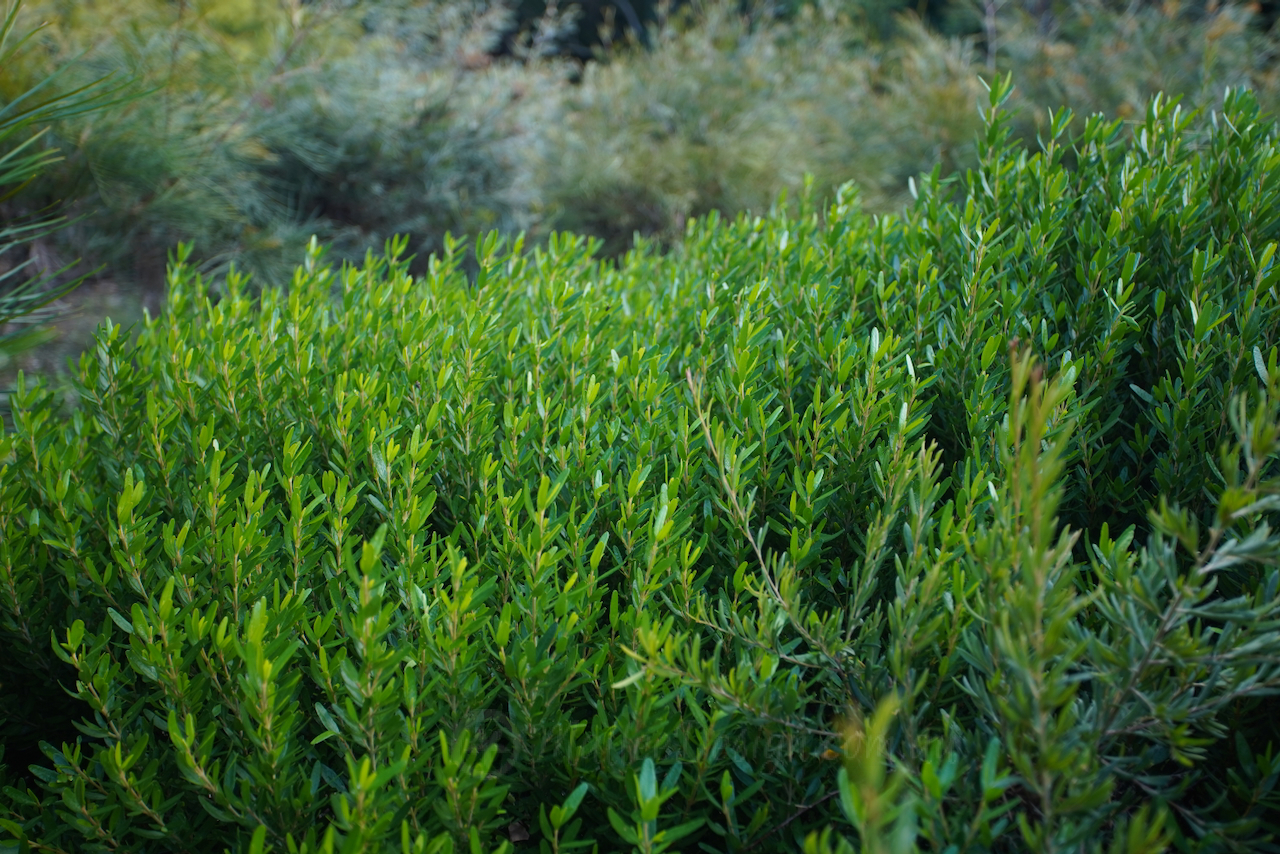
however you like it: correa glabra
This small to medium shrub is commonly known as Rock Correa, due to its ability to grow in gravelly soils, making it super tough. I absolutly love Correas but find it quite difficult to grow them in my location. Correa glabra is easily the toughest one I use in coastal NSW gardens. In fact the…
-
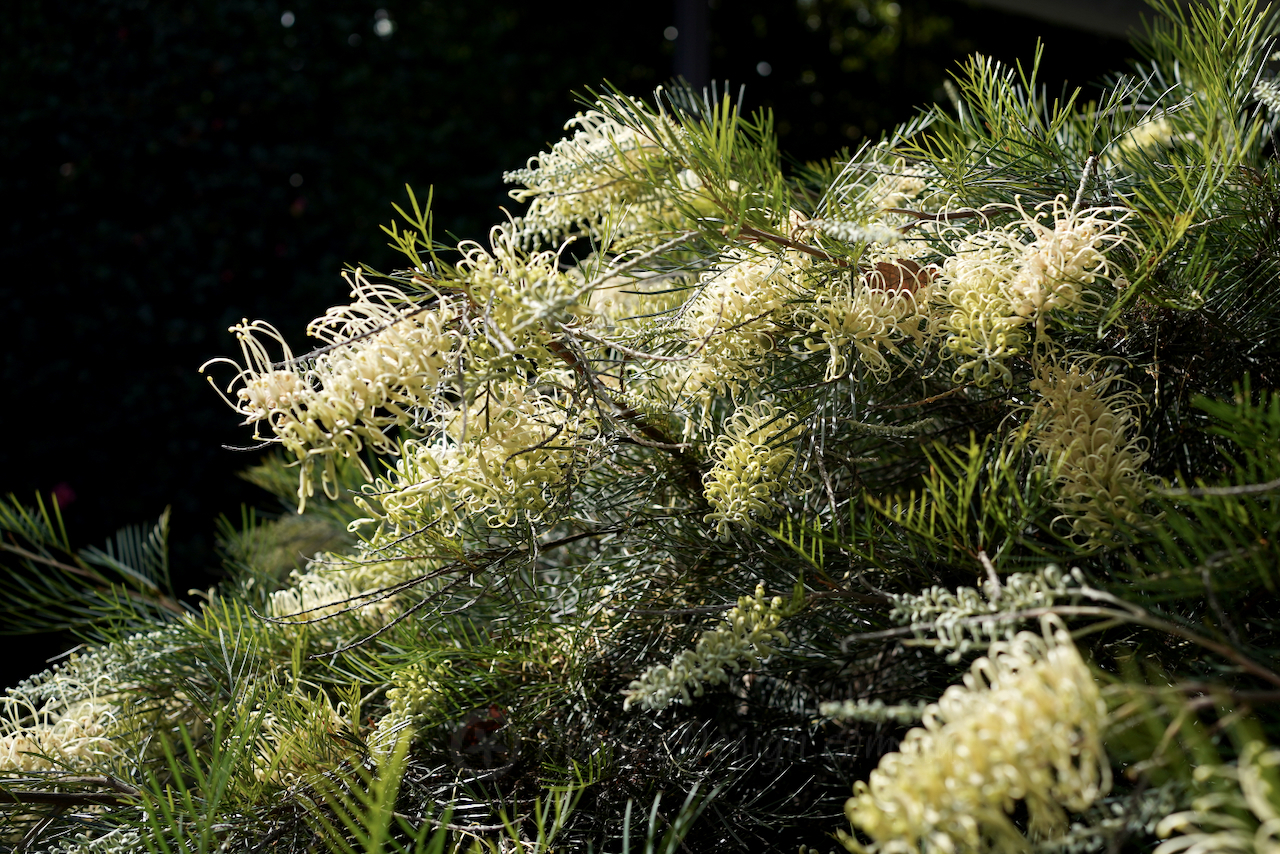
The purity of Grevillea ‘Ivory Whip’
I am quite selective and fussy when it comes to large flowering spike Grevilleas, some of them I find incredibly garish and I dislike the way they attract the aggressive nectar feeding birds. For some reason this medium sized Grafted Grevillea remains an exception for me. The flowers of Grevillea ‘Ivory Whip’ are not in…
-
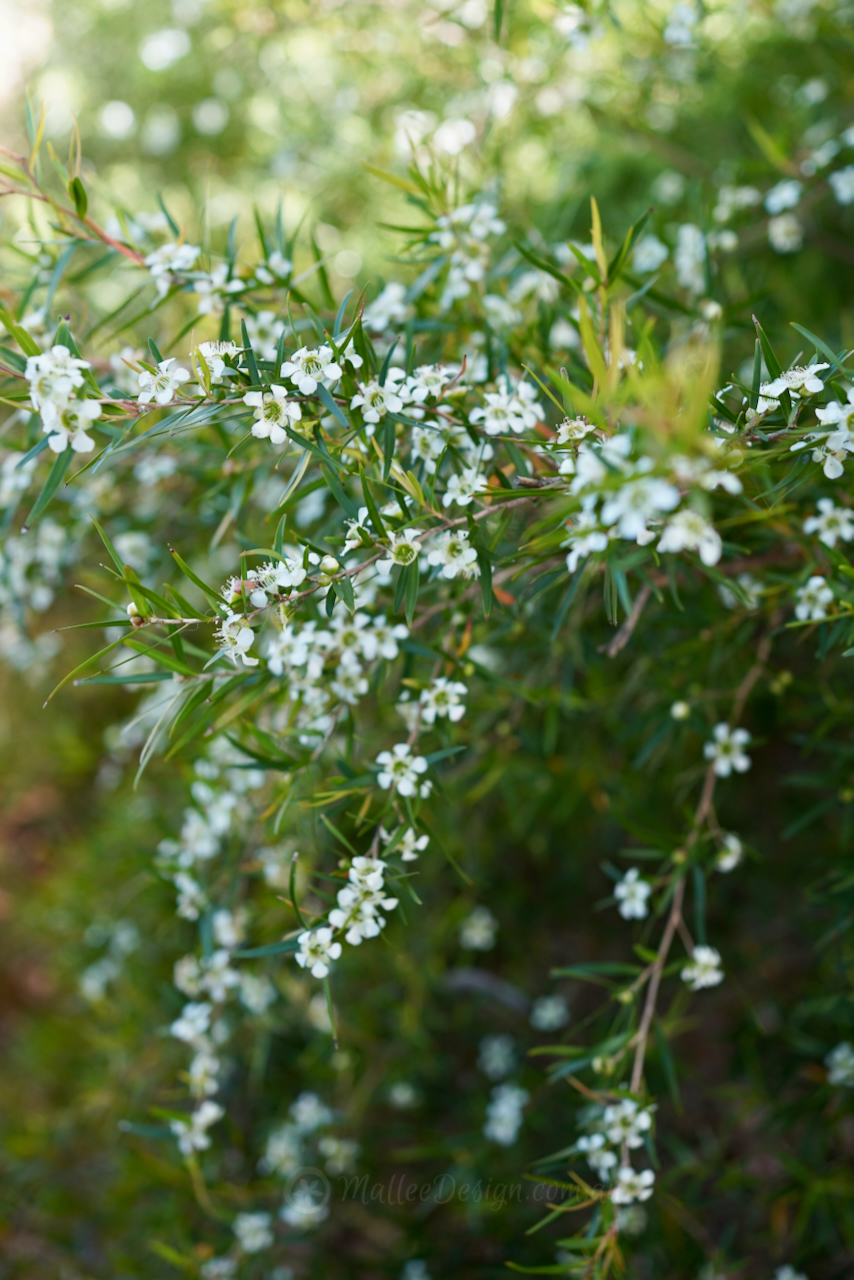
The perfect Scented Screen: Leptospermum ‘Little Lemon Scents’
This dwarf graceful, weeping tea tree is a wonderful addition to any garden, it can be used as a privacy screen, in a mixed hedge or as a soft backdrop in a layered planting. The compact habit of Little Lemon Scents is far smaller growing and more shapely than its parent, Leptospermum petersonii (Lemon-Scented Tea…
-
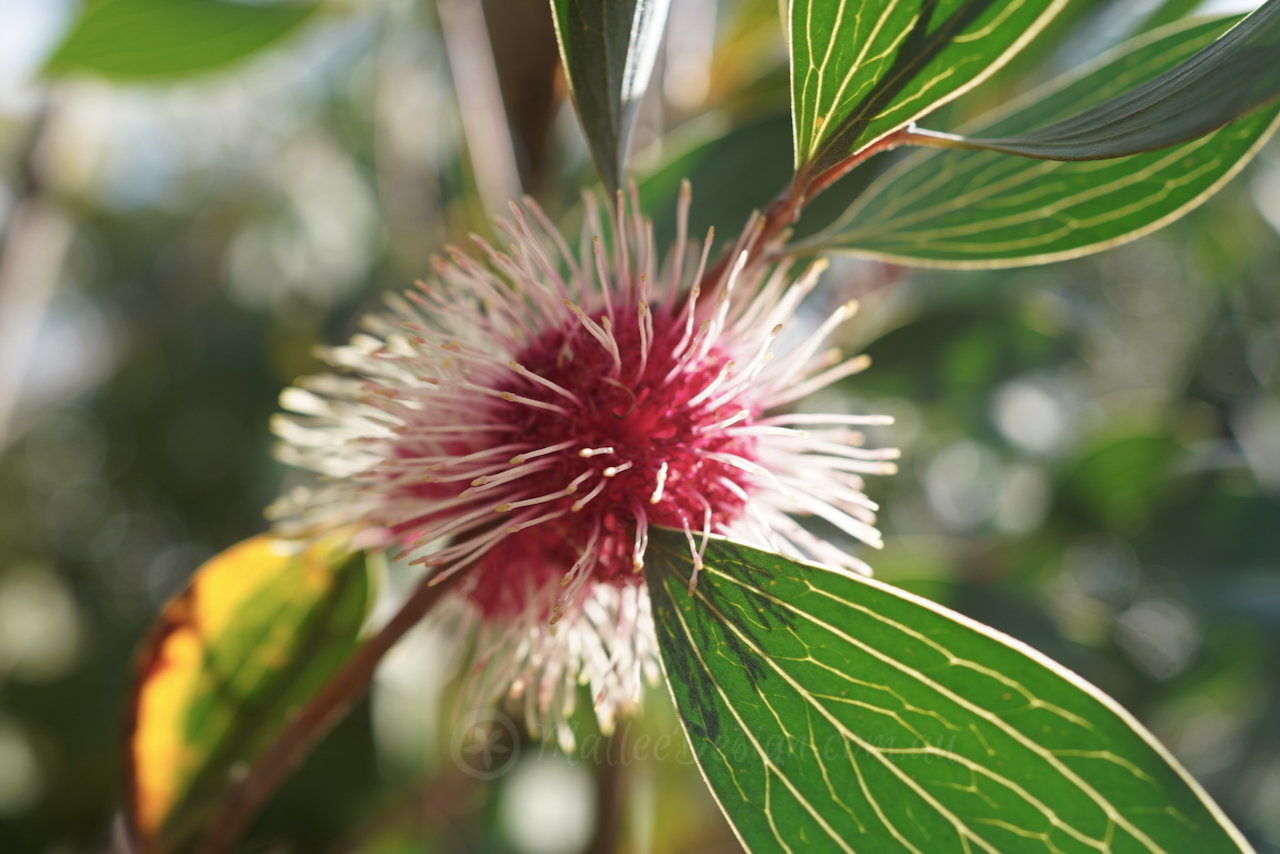
Hakea ‘Pinball’ for all
This is a grafted form of the very showy Pin Cushion Hakea, Hakea laurina, which hails from south-western WA. This is a wonderful grafted species which means we can now grow these very iconic flowers in areas with higher humidity and a heavier soil, it is actually also a cultivar: Hakea laurina x petiolaris. I…
-

Distinct hot pink: Melaleuca fulgens
Melaleuca fulgens hails from the West of Australia, no surprise there, however it can be found growing in the southern and eastern states quite happily. This species has a long flowering period from Winter through to Summer and as the blooms are such a bright highlight it is hard to miss. This is the pink…
-

Another furry leaved beauty: Lasiopetalum baueri
This is commonly known as Slender Velvet Bush, which is a most apt description of this interesting under-storey shrub. Lasiopetalum baueri has rusty coloured , furry new growth and pretty delicate pink flowers in Winter. The dried flowers are long-lasting and have potential as a cut flower and the attractive foliage lasts for ages in…
-
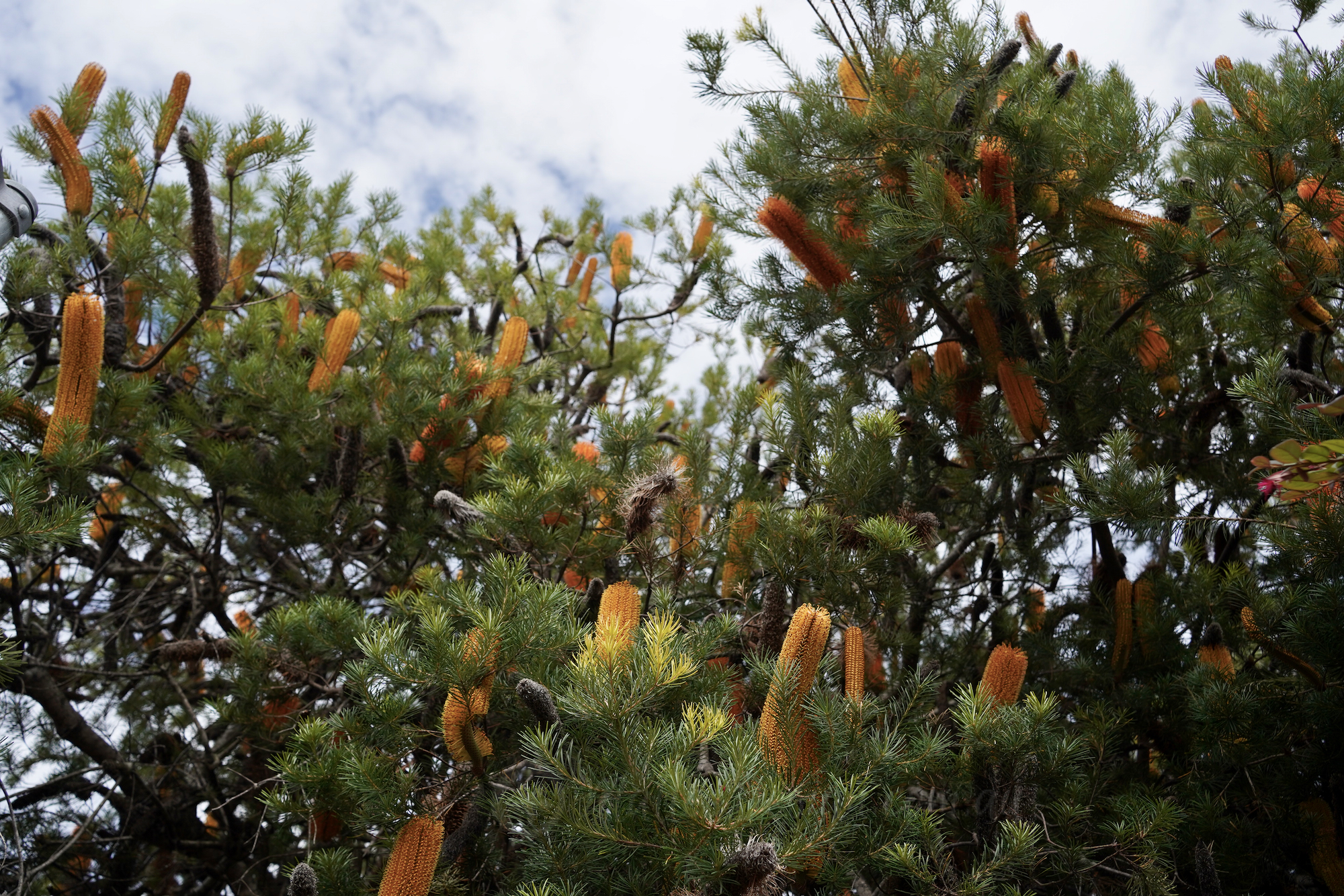
The show stopping: Banksia ‘Giant Candles’
This superb specimen of Banksia ‘Giant Candles’ forced me to drive around the block a couple of times before I could find a park and give it the photo shoot it deserves. This extra large shrub or, as I prefer to call it, small tree is a cross between Banksia ericifolia and Banksia spinulosa. Somehow…
-
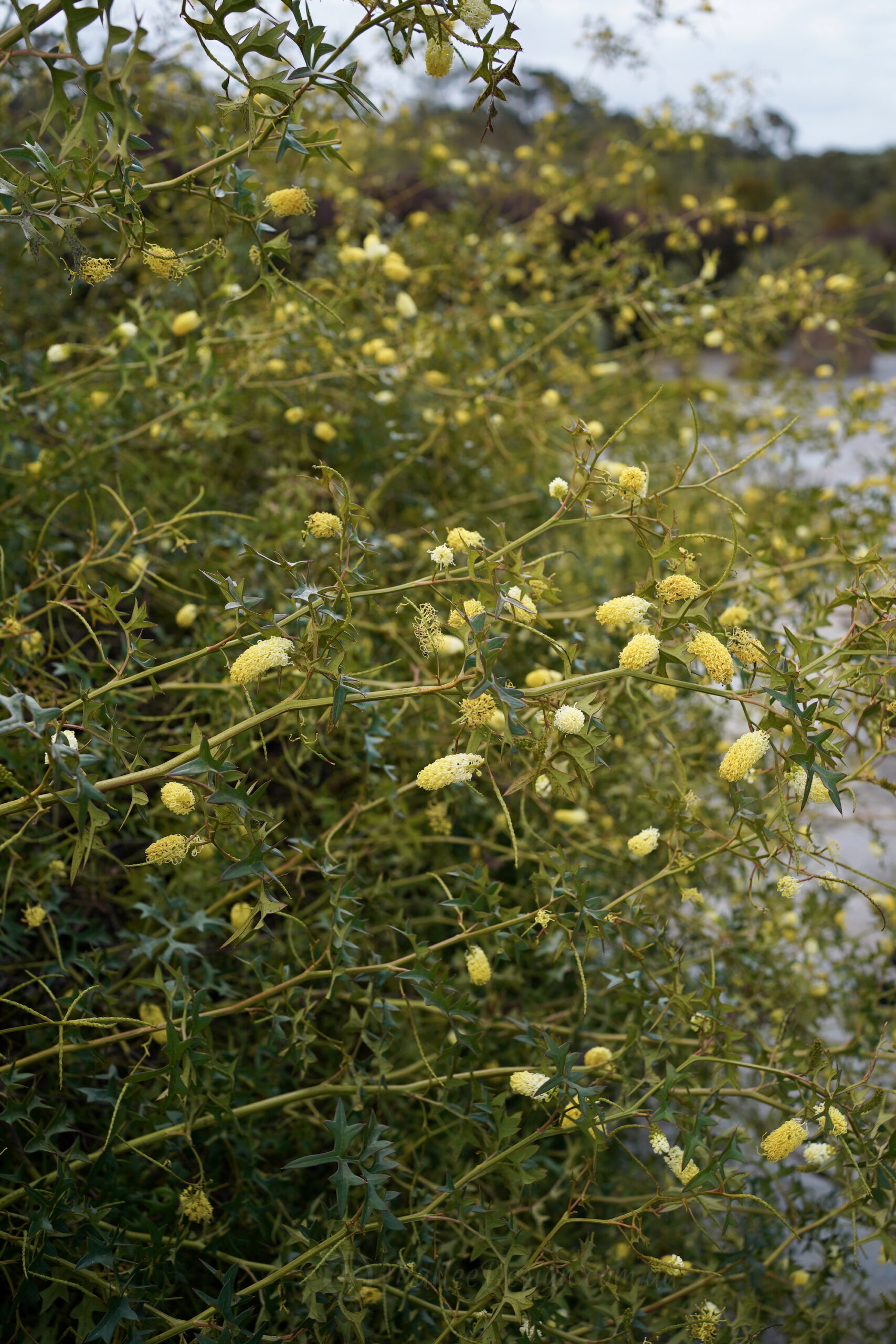
A spikey, perfumed tangle of Grevillea flexuosa
This is a wonderfully messy Grevillea that likes to sprawl all over the place. Its stems literally get tangled in themselves and the leaves are stiff and spikey so they can almost grab onto other plants to hoist themselves towards the sunlight and as its name implies it is so very flexible 😉 Grevillea flexuosa…
-

Eye catching Kennedia nigricans
Kennedia nigricans is an unusual climber which tends to draw in everyones attention. I use this Western Australian species whenever I need a quick growing cover to screen, suppress weeds or create shade. The large bright green leaves are broad for a Kennedia and the pea flowers hide a little amongst the foliage, but once…
-

‘Red Iron Bark’ – Eucalyptus sideroxylon Rosea
I live in Iron Bark territory, on a clay soil, near the coast, the local Iron Barks stand up to the strong coastal winds and often boggy soil. One introduced Iron bark that does very well in my area is Eucalyptus sideroxylon Rosea, this is a stunning medium sized tree, that I gladly recommend for…
-
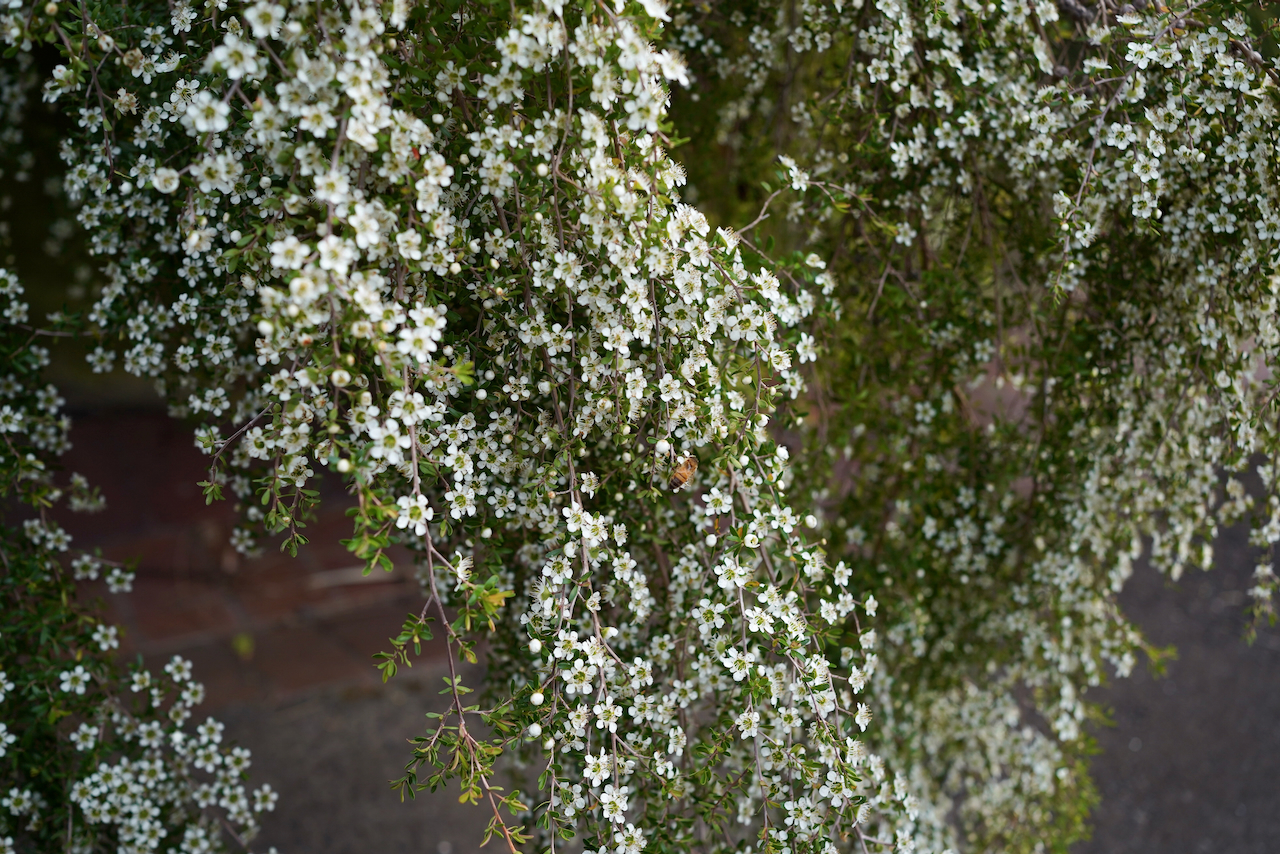
Spillover for the pollinators: Leptospermum ‘vertical drop’
Most of us know how wonderful Tea trees are for our pollinators and honey bees, and Leptospermum polygalifolium is up there with some of the most floriferous. This gorgeous low growing and cascading form is Leptospermum polygalifolium ssp. cismontanum ‘Vertical Drop’. This sub species naturally grows on the east coast of Australia in sandy and…
-

don’t be confused by Grevillea buxifolia
This is probably Grevillea buxifolia subsp. buxifolia which is not to be confused with Grevillea sphacelata, in the Grevillea bibles by Peter Olde and Neil Marriott sphacelata a “Related or confusing species”. This couldn’t be more apt, I spent some time going down a plant nerd rabbit hole on this. These photos were taken in…
-

vulnerable Epacris purpurascens
For me this species signifies everything incredible about our local sandstone sclerophyll forest. The extraordinary stems of Epacris purpurascens cover themselves in tiny pinky white flowers and reach for the sun. There is something about them which is delicate but also symbolises endurance, they are a pretty wildflower in our bushland environment which can be…
-

Bee Friendly Grevillea: Grevillea sericea
This is a local spider flower Grevillea which has huge ornamental potential and is a master at attracting native pollinator and honey bees to your garden. It is quite a common species on the east coast of NSW and can be found growing naturally from Toronto in the north to Heathcote in the South of…
-

Happy Wattle Day: Acacia aphylla
Happy National Wattle Day and the official first day of Spring, although the weather where I live has been behaving more like Summer, which is extremely concerning. Nevertheless I am always happy to celebrate our Acacia species and this one I have been so patiently waiting for it to flower, and finally starting in Autumn…
-
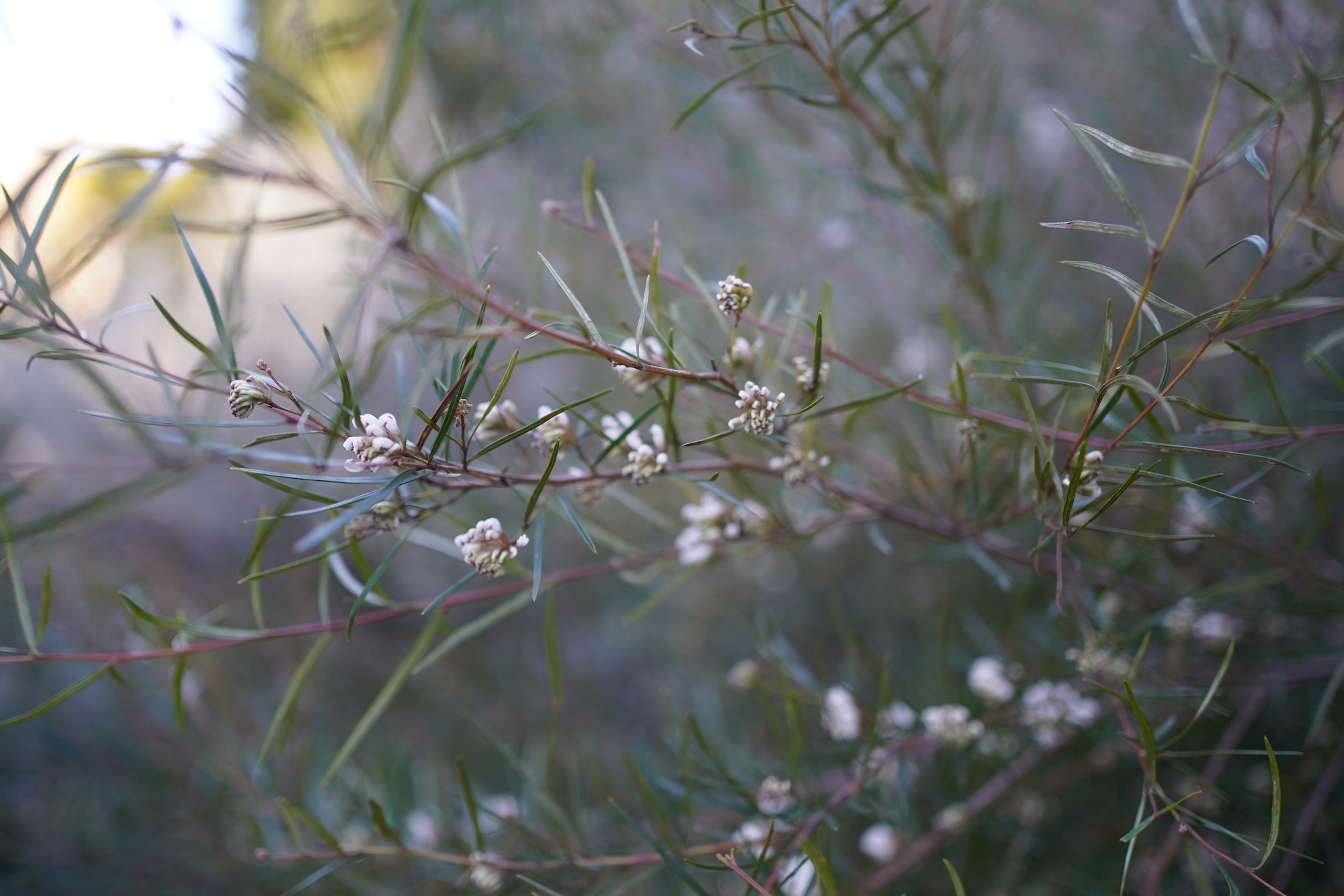
Wispy and Light: Grevillea linearifolia
As the name suggests this is a Grevillea with linear leaves, long skinny leaves which give it a gentle wispy habit. Combined with the pink new growth on the end of each stem, this is a showy species whether in flower or not. Grevillea linearifolia can be found naturally in the Greater Sydney Basin bushland…
-
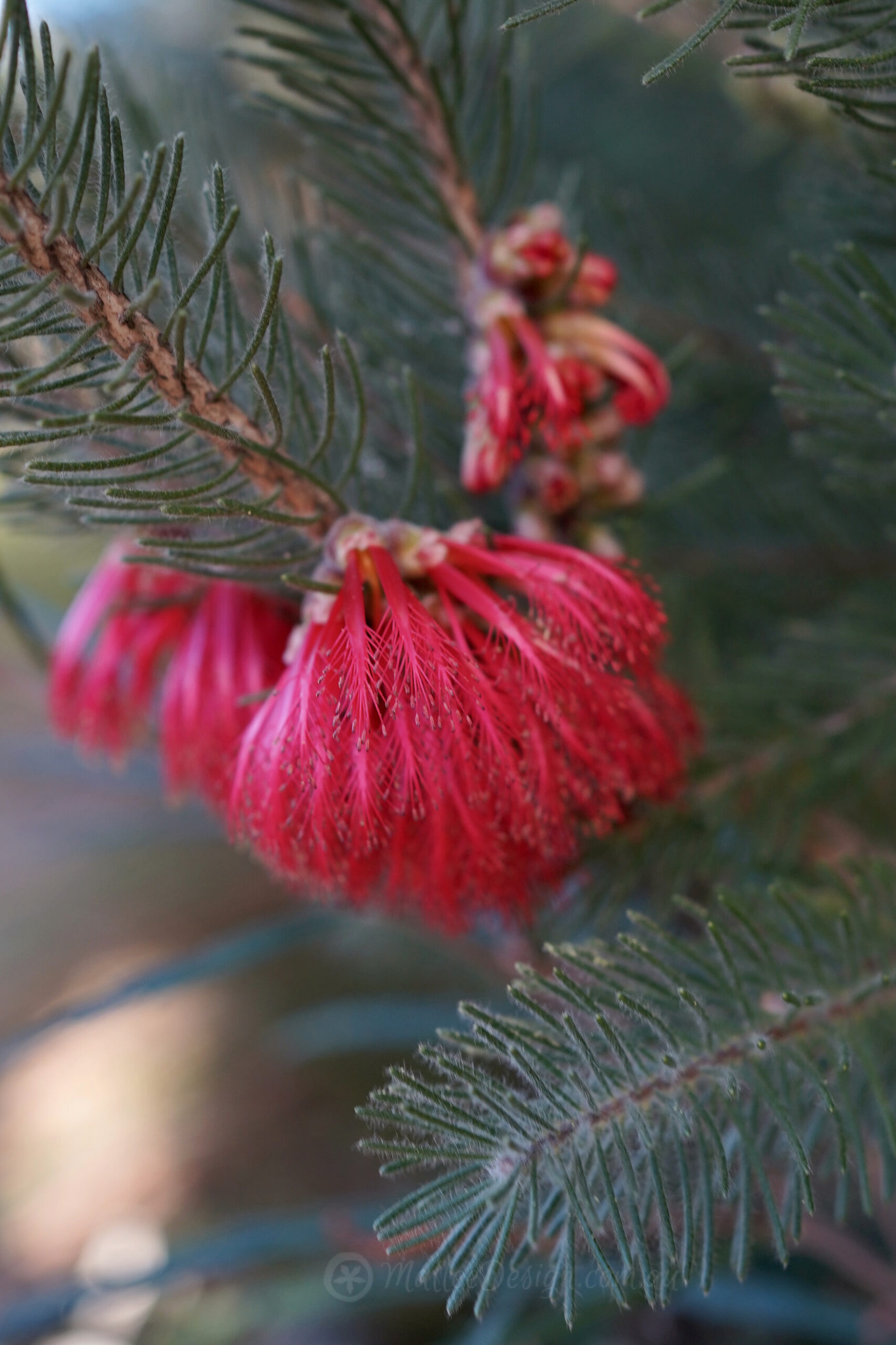
Calothamnus quadrifidus grey: texture and toughness
I thought I had already dedicated a blog post to this steadfast native shrub but have just realised it has featured a few times but hasn’t been praised individually yet. Very strange as this is a staple in many of my screening plantings or used as a feature shrub, especially as it will quite happily…
-
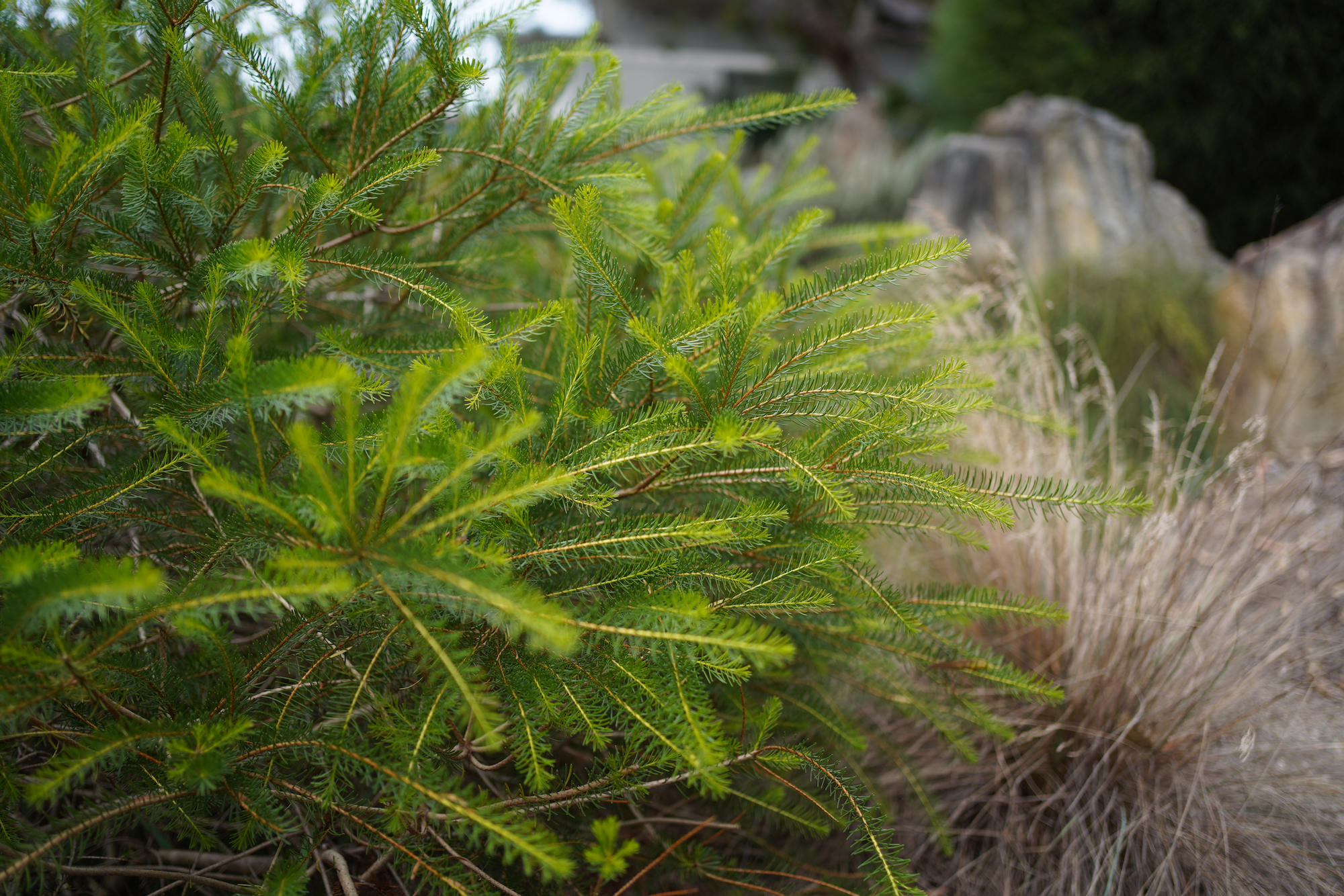
Calothamnus quadrifidus yellow : The younger sibling
This is the lesser known One sided bottlebrush, the sibling in the shadows if you will, of the very showy Calothamnus quadrifidus ‘Grey’. I love both of course, and I think this green leaf form of Calothamnus deserves to be utilised a lot more in the garden. Calothamnus quadrifidus ‘Yellow’ is a very hardy medium…
-
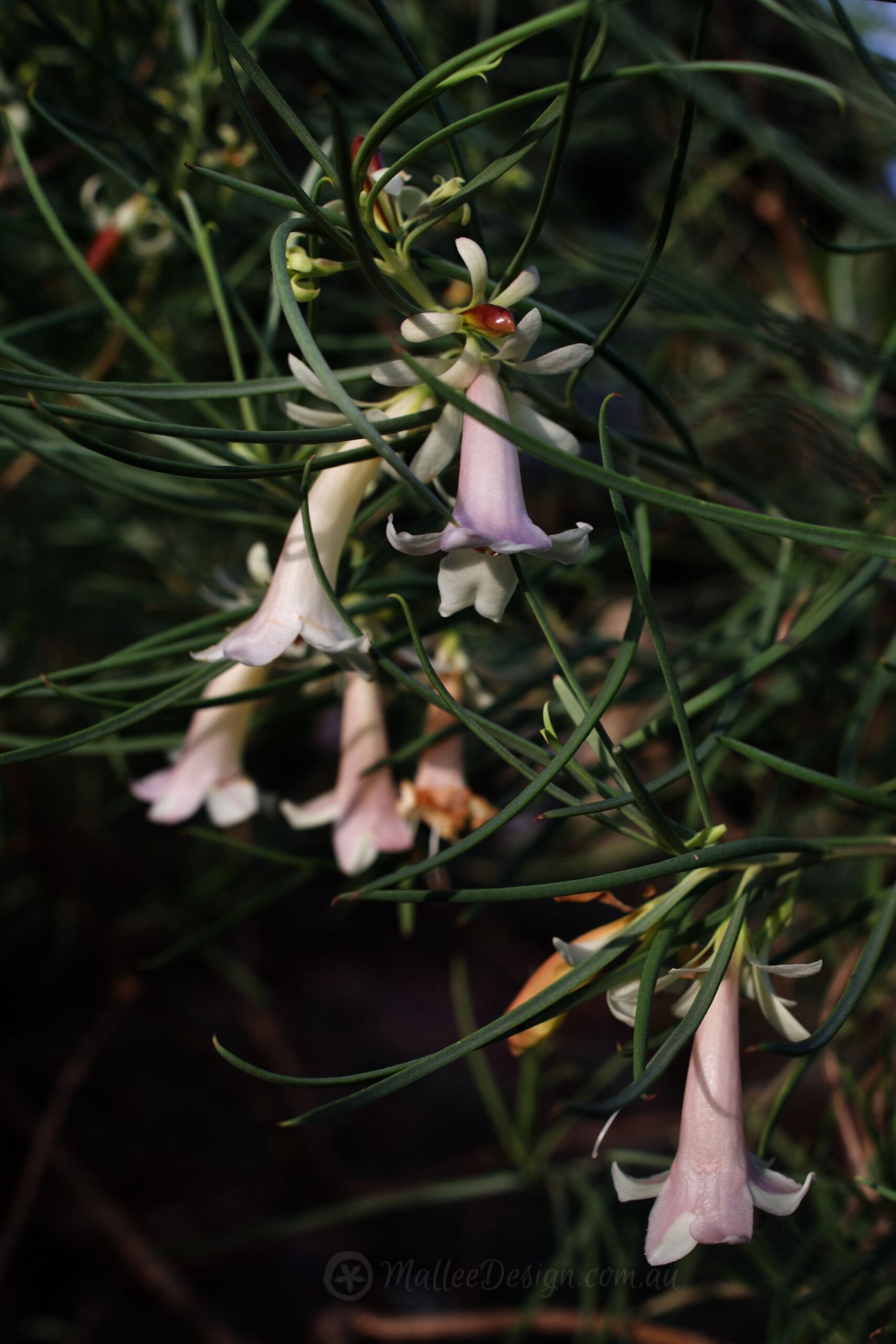
The multifaceted Eremophila oppositifolia
Eremophila oppositifolia is very deceiving , it appears delicate and a little fussy but in actual fact it is one of the hardiest native shrubs around. Most Eremophila or Emu bush grow naturally in Western and Southern Australia and although they come from area with a Mediterranean climate many of them are quite adaptable in…
Category: Winter flowering


